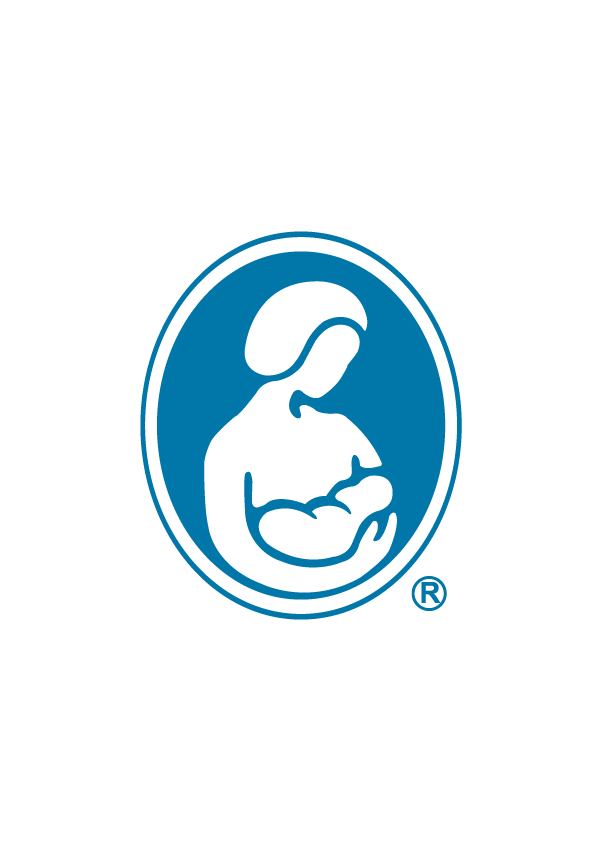

近年来,对怀孕、母乳喂养(和奶瓶喂养)或照顾幼儿的高水平运动员的理解和支持有所增加。英国体育局是一家支持高水平运动员及其团队、还有运动项目的机构,为奥运会和残奥会高水平运动员群体发布了怀孕指南。(你可浏览此处阅读:https://www.uksport.gov.uk/resources/governing-body-and-athlete-guidance.
理想情况下,高水平运动员会获得教练和医生的专业支持。持续母乳喂养的同时,以下针对高水平运动员训练和比赛的一些注意事项也很有帮助。
职业高水平运动员恢复高强度训练计划时可能会感到有压力。自己要理解并掌握婴儿的正常需求,如小婴儿需要和母亲在一起、你需要及时回应去哺喂他。这样会有助于你计划安排,并满足团队或资助机构对你的期望。
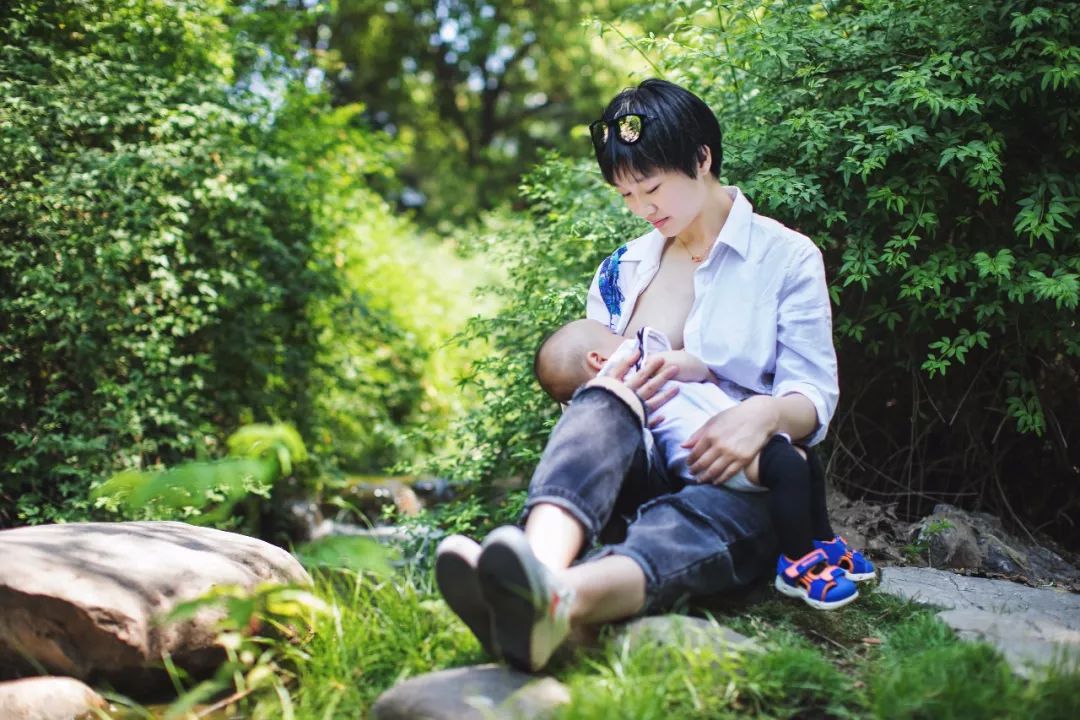
母乳喂养会影响身体的荷尔蒙,例如会释放“松弛素”影响关节和韧带。不过高水平运动员边母乳喂养边参加训练和比赛的例子比比皆是。如果理疗师了解荷尔蒙对身体的影响并能相应地调整训练,运动员与之合作会很有帮助。
除了生理上的影响,母乳喂养还在母婴情感联结中扮演着重要角色。在奥运会官方网站的文章中,莎拉·斯托里女爵士和塞雷娜·威廉姆斯讨论了他们作为高水平运动员妈妈,这段经历让她们体会到母乳喂养关系的重要性。
高水平运动员面临的一个现实挑战是需要离开孩子较长时间进行训练和比赛。解决这个问题往往要集聪明才智和灵活机动于一身。
同样值得记住的是:小婴儿的高需求并不是长期的。许多女运动员反映有了孩子后她们优先考虑的事情就变了,发现不想和孩子分开。母亲的这一决定应该得到支持。
同样地,如果你热切希望恢复训练比赛,总会有一些办法让宝宝融入其中。如果你确实需要离开宝宝较长时间,例如要去比赛,也存在一些实用的方法来支持母乳喂养。
许多高水平女运动员,比如需要离开宝宝超过24小时的长跑运动员,会让人把孩子带到打卡点,以便她们自己补充能量的同时能给宝宝喂奶(有时是用手挤奶/吸奶器吸奶)。
另一些女运动员也会挤奶/吸奶,留给照护人在分离期间喂给宝宝吃。更多有关挤奶和储存母乳等信息可以在我们的公众号或网站找到。
有很多高水平运动员的楷模,在恢复高水平训练和比赛的同时还母乳喂养了孩子。
英国的两位高水平运动员,娜奥米·福卡德(英国国家射击队)和杰思敏·帕里斯(高水平越野长跑运动员),与国际母乳会(英国)亲切地分享了她们在继续训练比赛的同时进行母乳喂养的感想。

娜奥米·福卡德

我的体育项目是射箭,这是一项封闭技能型运动,需要站立并步行70米到箭靶收上箭再回来。
怀孕前,我喜欢把跑步作为训练的一部分,还做健身和肩袖肌群锻炼,一直持续到怀孕八个月。
除了产后第一周的休息外,我很快就恢复锻炼了,开始是用背巾抱着宝宝散会儿步、盆底锻炼、肩部锻炼以及做一点儿瑜伽。
至少好几个星期里我的整个盆腔和腹部感觉就像果冻一样,所以我非常仔细地考虑什么运动我该做,再逐渐增加运动量。
当我在产后两周开始恢复射箭时,可以带着孩子在身边,这样一旦她想吃奶,我就停止手上的事情,在休息室的沙发上哺喂她。
到八周时,我给宝宝喂完奶,放她躺下(有时睡着了,更多的时候可能没睡),然后去训练,把她留给爸爸;就在这一刻,我发现从情感上真的很难离开她。
在为孩子的到来和之后的照护做准备时,我与其他几位当了妈妈的运动员谈论了她们是如何安排分娩、母乳喂养和训练的。我还看了书籍和网上的文章。
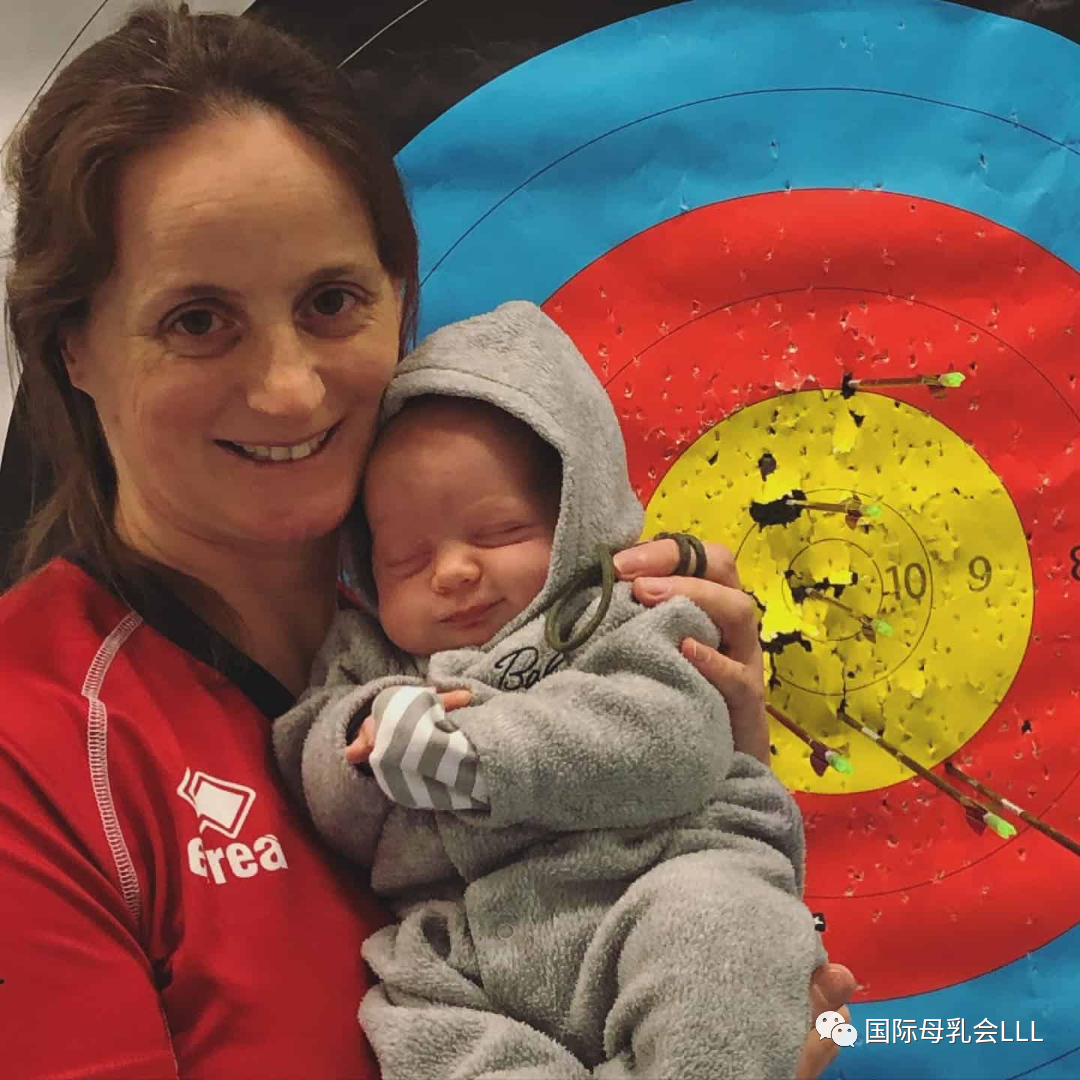
我在产后五天就用奶瓶喂给孩子挤出的母乳,因为我发现母乳喂养时无比疼痛。特别幸运的是,之后我去看过的助产士给我预约了一位泌乳顾问,很快就解决了我的问题;她给我演示了橄榄球抱法,自此我和宝宝就成了天作之合。
我离家去比赛时,宝宝就用奶瓶喝挤出的母乳。我们团聚时,她有时会对开始的几次喂奶烦躁沮丧,因为乳房的乳汁流速不如奶瓶的快。我就让她松开乳头,试着让她平静下来。
和孩子分开时,我必须按照和在家差不多的时间表挤奶,以此来护理好我的乳房健康。维持产奶量并预防堵奶对我很重要。
就这样我曾两次飞到远东地区。我会确保在航班起飞前吸奶,以减少在飞机的卫生间里吸奶的次数!
产后前几个月参加比赛时,我发现定时喂奶/挤奶非常棘手。比赛可能需要一整天,休息时间并不总合时宜或足够长,也并不总能找到可以用的设施。比赛的同时还要母乳喂养的话,很有必要提前询问组织者设施的情况。
在国外参加赛事时,我发现真得很难保持吸奶器的部件完全干净。所以现在我会保证包里有一条毛巾,哪怕没有充足的时间把吸奶器完全擦干,至少也能接住滴下来的乳汁。回家后,我再把所有部件都彻底清洗干净。
人们说宝宝睡时你也睡,但白天宝宝睡觉时我更想去训练!不过,我一定会在晚上9点左右和宝宝一同上床睡觉。
我不得不在东京奥运会之前增加奶量并大量吸奶,因为疫情大流行的缘故,运动员不允许带上孩子。
我花了一段时间才意识到,除了训练外增加奶量会额外消耗多少热量。尽管我胃口极好,但还是吃得不够,热量的不均衡再加上睡眠不足常常让我疲惫不堪。
直到东京奥运会后一两个月,我才决定开始慢跑来恢复健身,原因有很多:动力、时间、心理健康、盆底、文胸尺寸的变化以及乳房充盈时的不适。
体育用品商店里没有我的文胸尺寸特别令人沮丧,但我还是找到了一款特别棒的文胸,能提供额外支撑还适合我的尺寸。
我遵循我的女性健康理疗师的建议,做了几周盆底锻炼;我已经在做着固定的深蹲式盆底锻炼,但她建议我还要做一些足尖轻点、半高抬腿、侧撤步等练习。
当我确信我不再漏奶了,就用小三轮车推着宝宝慢跑了几次,她好喜欢呀。我会确保事先给孩子喂得饱饱的,这样乳房就会很舒服。

杰思敏·帕里斯

我是一名越野长跑选手(我也参加山地跑和超距越野跑)。我在2017 年11月有了第一个孩子,2020年7月有了第二个孩子。我分别母乳喂养了他们15个月和22个月。
在此期间,我参加了许多比赛,包括山脊挑战赛(2019)和巴克利马拉松赛(2022),并赢得了不列颠丘陵越野跑锦标赛(2018)。
我在产后3-4周左右开始带着罗恩慢慢跑步;生完布林后,我推迟到五六周才开始慢跑,因为我孕期骨盆有些疼痛,所以得等它恢复好了。
刚开始我只是轻松地跑一跑,直到三个月左右才开始系统性训练。我在怀孕期间和之后采取的总策略是,倾听自己的身体,做感觉舒服的事情。
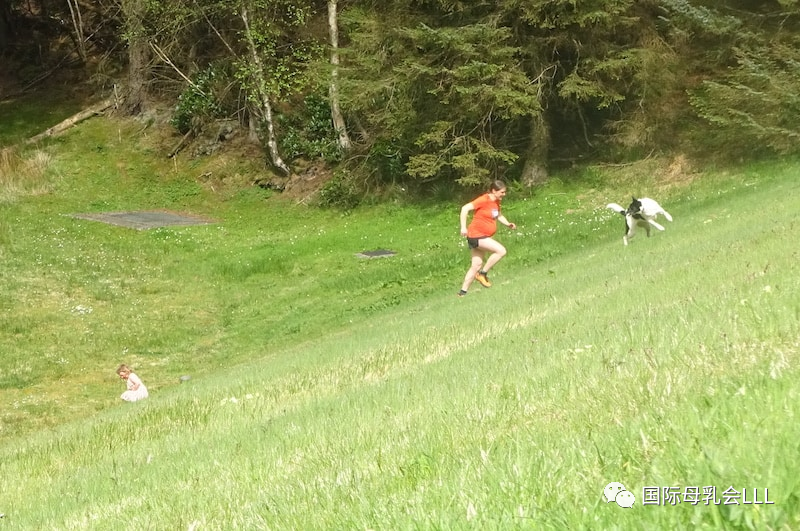

我发现只要我在母乳喂养,就得吃点东西再训练(此前我经常早上先空腹跑步),所以我猜想这是倾听身体给自己发出信号的另一个例子。
如果在母乳喂养期间进行大运动量训练,吃饱(以预防RED-S,即运动中相对能量不足)尤为重要。维生素D补充剂、钙和足够的膳食铁也很重要。
我主要担心的是和宝宝分离,尤其是在他们喂养频繁的早期阶段。我们曾试过让他们喝奶瓶里挤出的母乳,但他俩对此都断然拒绝,更愿意直接从乳房上吃奶。
保持常规节奏是很有帮助的。由于有两个孩子,我们养成的习惯是产假期间我早上6-8点间去跑步(他们只有几个月大时我一般跑60-90分钟),之后我丈夫再去上班。
这个时间安排效果很好,因为孩子们要么是在睡觉,要么心情很好,因为整个晚上/清晨都吃了奶(同样的道理,我的乳房不会太涨,我也不用担心宝宝很快饿了)。
我跑步时就穿着标准的运动文胸。穿着它在运动后马上喂奶有点困难,不过我只把它撩起来让孩子吃奶即可。
我的孩子们似乎从不介意我出些汗,即使在大运动量的训练后也从不拒绝哺乳(据说这偶尔会改变母乳的味道)。
我想作为一名高水平运动员,最大的挑战可能就是前去参加比赛——我往往带着孩子一起去。
例如,我和丈夫在女儿六个月大时参加了为期两天的罗威山地马拉松比赛,我的妈妈把她带到中途的营地,和我们在帐篷里一起过夜(那时她才刚刚试着加辅食,几乎还是在纯母乳喂养)。
另一个例子是在Els2900比赛中,当时我女儿来到了两座高山的起点和终点的住宿点,以此缩短我们分开的时间(再次感谢我的妈妈)。
有关杰思敏的更多经历,请参阅她的博客:jasminfellrunner.blogspot.com

你可能想要在产后恢复或开始锻炼。如果你觉得身体上准备好了,母乳喂养就不会成为障碍。
通常可以做任何计划和安排,只要吻合宝宝在最初几周和几个月的正常需求即可。你可以通过当地的国际母乳会哺乳辅导小组获得这方面的更多支持。
进行母乳喂养的高水平运动员可能有额外的考虑因素,但在母乳喂养的同时继续训练和比赛是可以实现的,只需要为她们的体能恢复提供正确的支持并提供一些赛事规划。
非常感谢娜奥米·福卡德和杰思敏·帕里斯为本文提供她们的素材,并帮助展示母亲如何成功地将高水平的体育才能与母乳喂养相结合。

Elite athletes and breastfeeding
In recent years, there has been an increase in understanding and support for elite athletes who are pregnant, breastfeeding (and bottle-feeding) or caring for a young child. UK Sport, the body that supports high-level athletes, teams, and sports, has published pregnancy guidance for the Olympic and Paralympic high-performance community. (You can access that here: https://www.uksport.gov.uk/resources/governing-body-and-athlete-guidance)
Elite athletes will ideally have access to additional skilled support from coaches and physicians. However, some of the following considerations for training and competing at elite level, while continuing a breastfeeding relationship, may also be helpful:
Professional and elite athletes may feel pressure to return to strenuous training regimes. Understanding and arming yourself with information about the normal needs of young babies to be with their mother and to feed regularly and responsively may help to structure your own plans and the expectations of your team or funding body.
Breastfeeding has a hormonal impact on the body, for example through the release of ‘relaxin’, which may impact on joints and ligaments. However, there are very many examples of elite athletes that have trained and performed while breastfeeding. Working with physiotherapists that understand the hormonal impacts and can adapt training may be helpful.
As well as the physiological impacts, breastfeeding can play an important role in the formation of the psychological bond between mother and baby. In this article from the official website of the Olympic Games, Dame Sarah Story and Serena Williams discuss how important their breastfeeding relationship felt as part of their experience as elite athlete mothers.
One of the practical challenges for elite athletes may be the need to be away from their baby for longer periods for training and competition. How you solve this is often a mix of ingenuity and adaptability.
It’s also worth remembering that the intense needs of small babies are not long-term. Many sportswomen reflect that their priorities changed when they had their baby and they found that they did not want to be separated. Mothers should be supported in that decision.
Equally, if you are keen to get back to training and competing there are often ways of including your baby in that.Where you do need to be away for their baby for a longer period, e.g. to compete, there are often practical ways to support breastfeeding.
Many elite sportswomen, e.g. ultra-runners needing to be away from their babies for over 24 hours, have someone bring their baby to check points so that they can feed the baby (and sometimes express/pump milk) while refuelling themselves.
Others may also express/pump milk to leave with a caregiver for their baby whilst away. Further information and about expressing and storing breastmilk can be found here.
There are many examples of elite athletes that have breastfed alongside the resumption of their high-level training and performance.
Two of the UK’s elite athletes, Naomi Folkard (Team GB, Archery) and Jasmin Paris (elite long-distance fell runner) have kindly shared with LLLGB their reflections on breastfeeding while continuing to train and compete:

Naomi Folkard

“My sport is archery, a closed skill sport which requires standing and walking 70m to the target and back to collect the arrows.
Before my pregnancy I enjoyed running as part of my conditioning, as well as gym and rotator cuff work, which I continued with through to the eight months mark.
With the exception of rest, which is what I did the first week, I began the recovery immediately, by introducing a little walking, wearing baby in a sling, pelvic floor exercises, shoulder exercises and a little yoga.
My whole pelvic and abdominal region felt like jelly for at least a couple of weeks, so I was very careful to consider what exercise I should do and gradually built up the quantity.
When I started shooting again at two weeks post-partum, I was able to take my baby with me so if she wanted a feed I would be able to stop what I was doing and have a cuddle with her on the sofa in the lounge.
By eight weeks I was able to give baby a feed, put her down (sometimes asleep and, probably more often, not asleep) and go training, leaving her with her dad; at this point I found it really difficult emotionally to leave her.
In my preparation for the arrival of my baby and care afterwards, I spoke to a few other mum athletes about how they managed the birth, breastfeeding and training. I also read books and articles on the internet.
I gave my baby bottles of expressed milk at five days because I found breastfeeding incredibly painful. I was extremely fortunate that the midwife I saw after that made me an appointment with a lactation consultant who sorted us out so quickly; she showed me the rugby ball hold and after that baby and I made a great team.
When I’m away at competitions my baby has a bottle of expressed milk. Sometimes she gets frustrated with the first couple of feeds when we’re back together because the milk flow of the breast isn’t as quick as the bottle. I just de-latch and try to calm her down.
While I’m away I have to care for my breast health by expressing at a similar schedule to what I do at home. It’s important to me to keep the milk production up and to prevent blocked ducts.
I’ve flown to the Far East twice while doing this. I ensure I express immediately before the flight to minimise the number of times I have to express in the plane toilets!
When I was competing in the early months, I found timing feeding/expressing quite tricky. Competitions can take all day and the breaks are not always well-timed or long enough, nor are there always facilities available. If you are competing and breastfeeding, you may find it worthwhile to ask the organisers in advance about facilities.
I found while travelling to events abroad that it’s really difficult to keep the pump parts all clean. So now I make sure there’s a towel in the bag to catch the drips at least, even if there’s not enough time to dry it off properly. I give everything a really good clean when I’m back home.
They say sleep when your baby sleeps, but during the day I tended to train when baby slept! However, I’d definitely go to bed at night at the same time as baby, which would be about 9pm.
I had to increase my supply and do lots of pumping ahead of the Tokyo Olympics, as athletes were not allowed to take their infants due to the pandemic.
It took me a while to realise just how many calories this was using on top of my training. Although my appetite was huge, I wasn’t eating enough, so the imbalance of calories along with my lack of sleep meant I was constantly exhausted.
It wasn’t until a month or two after Tokyo that I decided to get fit again for jogging, for a number of reasons: motivation, time, mental health, pelvic floor, changing bra size and uncomfortable breasts, especially when full.
Sport shops do not stock my bra size which I find incredibly frustrating, but I did find a really good extra supportive bra in my size.
I followed my female health physio’s advice by doing a few weeks of work on my pelvic floor; I was already doing pelvic floor exercises stationary and in squat positions, but she advised me to do them while doing some toe taps, half high knees, side steps etc.
Once I was confident of no leakage, I did a couple of light jogs while pushing baby in a little tricycle, which she loved. I’d make sure I gave baby a good feed beforehand so my breasts would be most comfortable.”

Jasmin Paris

“I’m a fell runner (I also do mountain and ultra trail running). I had my first baby in November 2017 and my second in July 2020. I breastfed them both, for 15 months and 22 months respectively.
During this time, I ran a number of races, including the Spine (2019) and Barkley Marathons (2022), and won the British Fell Running Championships (2018).
With Rowan I started running gently around 3-4 weeks post-partum; with Bryn I left it until five-six weeks, as I’d had some pelvic pain during pregnancy so I waited for that to settle down.
I took it very easy at first, and didn’t start any structured training until around three months. My general approach during both pregnancies and afterwards was to listen to my body and do what felt comfortable.
I found that I needed to eat something before training once I was breastfeeding (prior to that I’d often run fasted first thing in the morning), so I guess that was another example of listening to what my body was telling me.
Eating enough (to prevent RED-S, relative energy deficiency in sport) is particularly important if training hard whilst breastfeeding. So are Vitamin D supplementation, calcium and sufficient dietary iron.
My main concerns were about being away from my baby, especially in the early days when they were feeding frequently. We did try to get both of them to take a bottle of expressed milk, but they were quite resistant to that, preferring it straight from the source.
It helped to have a routine. With both children we got into the habit of me going running between 6-8am whilst on maternity leave (typically 60-90 minutes once they were a few months old), before my husband went to work. This time worked well as the baby would either be asleep, or awake in a good mood, having fed throughout the night/early morning (for the same reason, my breasts would not be too full, and I wouldn’t be worried about baby being hungry).
I just ran in my standard sports bra. It was a bit tricky for immediate post run feeding, but I just hitched it up to allow access.
My babies never seemed to mind me being a bit sweaty, and never refused milk even after a hard training session (which reportedly can occasionally change the flavour of the milk).
I guess as an elite athlete, the biggest challenge is probably travel to races – I tended to take my baby with me.
For example, my husband and I ran the Lowe Alpine Mountain Marathon two-day event when my daughter was six months old, and my mum carried her in to the midway camp for her to spend the night with us in the tent (she was only just starting to try solid foods and she was still mostly breastfed at the time).
Another example was Els2900 when my daughter came to the two high mountain refuges at the start and end of the race, to limit the time we’d be apart (again thanks to my mum).
For more of Jasmin’s experiences please see her blog here: jasminfellrunner.blogspot.com

Summary
You may wish to return to, or start, exercising post-partum. If you feel physically ready to do so, then breastfeeding is not a barrier.
Any practical arrangements can usually be managed, in line with the normal needs of your baby in the early weeks and months. You can get additional support about this through your local La Leche League Leader and group.
Elite athletes who are breastfeeding may have additional considerations, but continuing to train and compete while breastfeeding is achievable alongside the right support for their physical recovery and some planning for events.
Thank you very much to Naomi Folkard and Jasmin Paris for their inputs to this article and for helping to show how mothers can successfully combine elite level athleticism with breastfeeding.
1.https://www.laleche.org.uk/exercise-and-breastfeeding/
2.http1.https://absolute.physio/wp-content/uploads/2019/09/returning-to-running-postnatal-guidelines.pdf
3.Wallace JP, Rabin J. The concentration of lactic acid in breast milk following maximal exercise. Int J Sports Med. 1991 Jun;12(3):328-31.
4.Gregory RL, Wallace JP, Gfell LE, Marks J, King BA. Effect of exercise on milk immunoglobulin Med Sci Sports Exerc. 1997 Dec;29(12):1596-601.
5.Cary GB, Quinn TJ. Exercise and lactation: are they compatible? (Review) Can J Appl Physiol. 2001 Feb;26(1):55-75.
6.Harris, J.E., Pinckard, K.M., Wright, K.R. et al. (2020). ‘Exercise-induced 3’-sialyllactose in breast milk is a critical mediator to improve metabolic health and cardiac function in mouse offspring’. Nature Metabolism, 2, 678-687. https://doi.org/10.1038/s42255-020-0223-8
7.Guidelines for perinatal care. 7th American Academy of Pediatrics and the American College of Obstetricians and Gynecologists; Washington, DC: 2012
8.Wiessinger, D., West, D., Pitman, T., & La Leche League International. (2010). The Womanly Art of Breastfeeding (8th ed.). New York: Ballantine Books.s://www.laleche.org.uk/exercise-and-breastfeeding/

END
翻译:传艳
审稿:Lynn,楠楠
编辑:幸宝
微信公众号|视频号|小红书|抖音|新浪微博|今日头条|哔哩哔哩|腾讯视频|优酷
搜索关键字“国际母乳会”
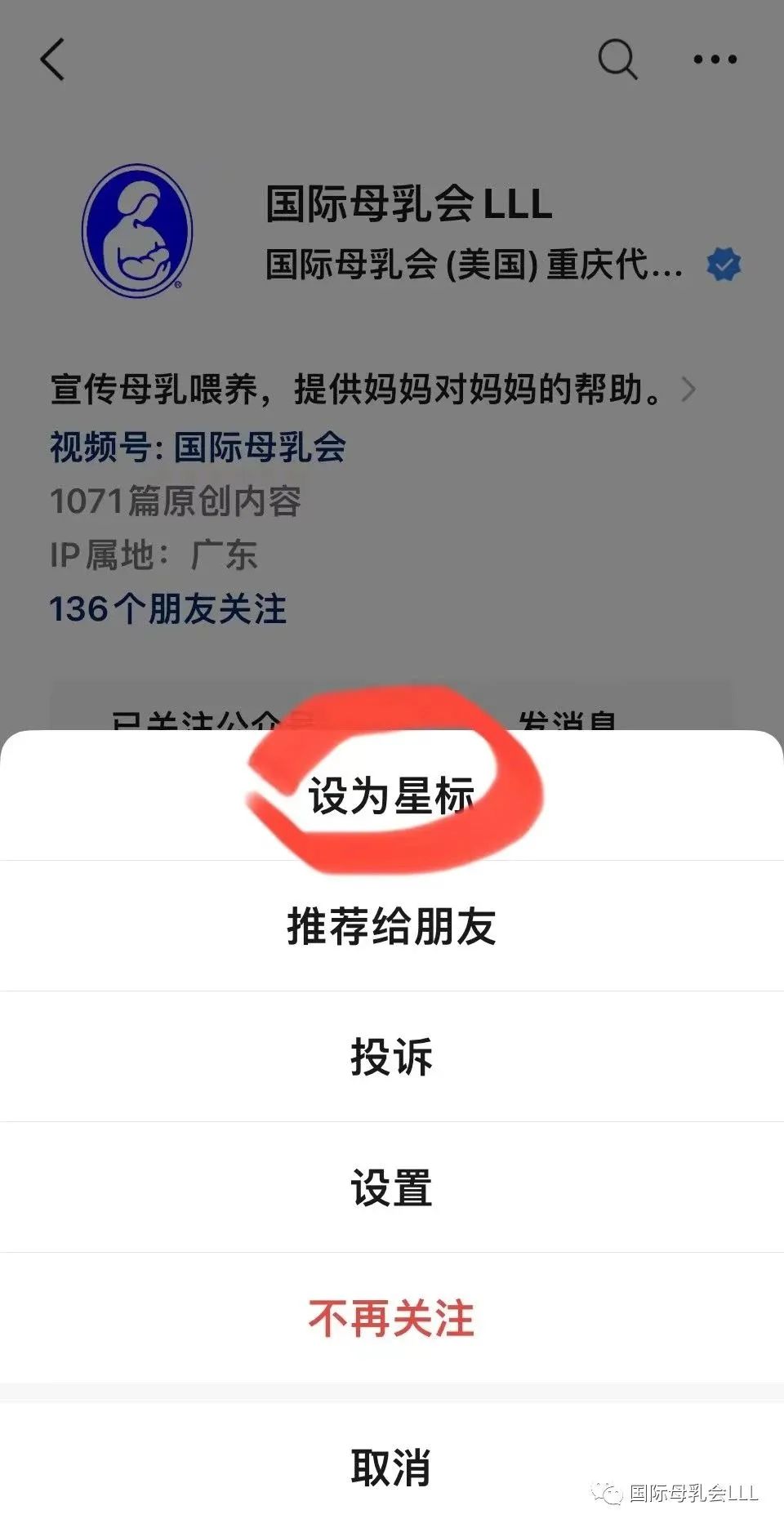

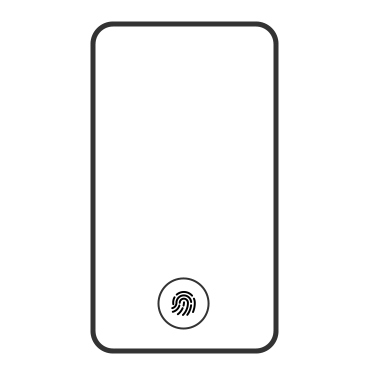
中国移动手机和宽带用户可访问:
muruhui.com 或muruhui.cn
获取更多资讯
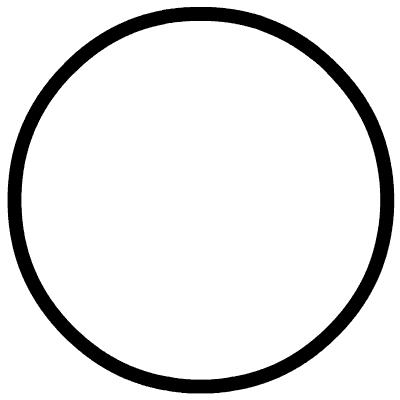
本篇文章来源于微信公众号: 国际母乳会LLL
